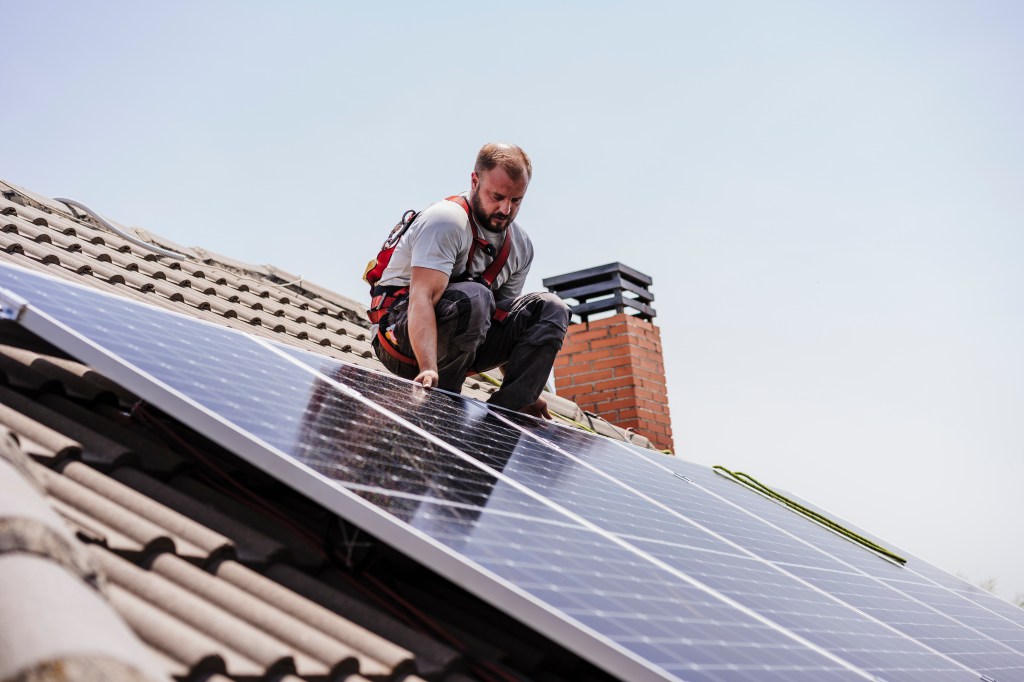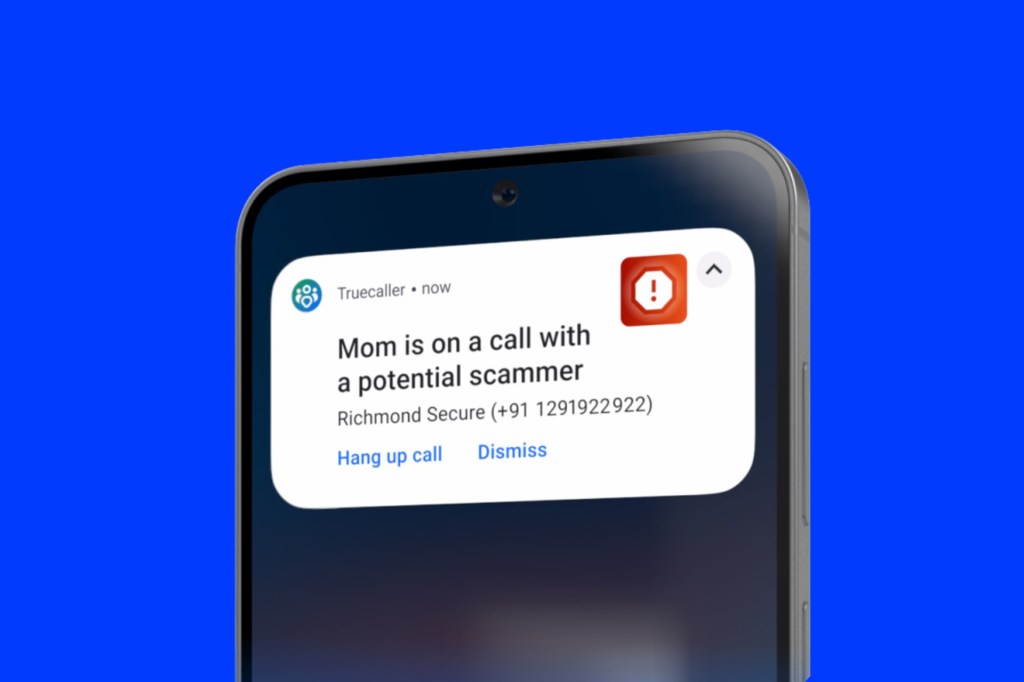Australia’s Solar Surge to Deliver Free Electricity to Millions by 2026
Australia’s rapid adoption of solar energy is set to yield significant benefits for its residents. Beginning in July 2026, the government will implement the Solar Sharer initiative, offering up to three hours of free electricity daily to consumers in New South Wales, South Australia, and southeastern Queensland. This program aims to capitalize on the nation’s abundant solar resources and encourage energy consumption during peak solar production periods.
Over the past decade, Australia has emerged as a global leader in solar energy adoption. The affordability of solar technology has been a key driver; the average cost of rooftop solar installations in Australia is approximately $840 (U.S.) per kilowatt of capacity before rebates, roughly one-third of the cost in the United States. Consequently, more than one in three Australian households have installed solar panels, contributing to a substantial increase in renewable energy generation.
Chris Bowen, Australia’s Minister for Climate Change and Energy, highlighted the significance of this development in a recent announcement. Now we’re at the level where we can share more of that power with more Australians, Bowen stated, emphasizing the government’s commitment to making renewable energy accessible to a broader segment of the population.
The Solar Sharer plan is designed to be inclusive. Participation does not require individual households to have their own solar installations; however, a smart meter is necessary to monitor and manage electricity usage. This approach ensures that residents of apartments or homes unsuitable for solar panels can still benefit from the program. By leveraging the collective solar capacity of the community, the initiative promotes equitable access to renewable energy.
While the government has yet to specify the exact hours during which free electricity will be available, it is anticipated that the program will target midday periods, likely between 11 a.m. and 2 p.m., when solar energy production is at its peak. To take advantage of this opportunity, consumers will need to opt into the program. The initiative aims to shift energy consumption to times when solar generation is highest, thereby reducing reliance on fossil fuels during evening hours.
The integration of smart appliances and technologies will play a crucial role in maximizing the benefits of the Solar Sharer plan. Devices such as electric vehicle chargers, washing machines, and dishwashers can be programmed to operate during the designated free electricity periods, optimizing energy use and providing cost savings to consumers.
Bowen elaborated on the broader impact of the initiative, stating, The free electricity hours help us with the grid at night too because that means transferring the use of power from nighttime—when power is more expensive because it’s being run more by coal and gas—to the middle of the day when it’s being run by renewable energy. This strategic shift not only reduces energy costs for consumers but also alleviates pressure on the electrical grid during peak demand periods.
The Solar Sharer initiative is part of Australia’s broader strategy to enhance grid stability and reduce the need for large-scale energy storage solutions. By encouraging daytime energy consumption, the program minimizes the necessity for grid-scale batteries, which have been deployed to manage excess solar power generation. This approach represents a cost-effective and efficient method of integrating renewable energy into the national grid.
Australia’s plan is not without precedent. Similar initiatives have been explored in other regions. For instance, Octopus Energy in the United Kingdom has offered an Agile plan that occasionally provides customers with free electricity during periods of high renewable energy production. However, Australia’s Solar Sharer program distinguishes itself by offering regular, scheduled periods of free electricity, providing consumers with predictable opportunities to reduce their energy costs.
The success of Australia’s solar energy initiatives can be attributed to the country’s favorable climate and proactive policies. With vast areas receiving abundant sunlight, Australia is well-positioned to harness solar energy effectively. The widespread adoption of rooftop solar panels has not only contributed to a reduction in greenhouse gas emissions but has also demonstrated the potential for renewable energy to provide tangible economic benefits to consumers.
As the Solar Sharer program prepares for its 2026 launch, it serves as a model for other nations seeking to integrate renewable energy into their power grids. By aligning energy consumption with periods of peak renewable generation, Australia is taking a significant step toward a more sustainable and cost-effective energy future.



